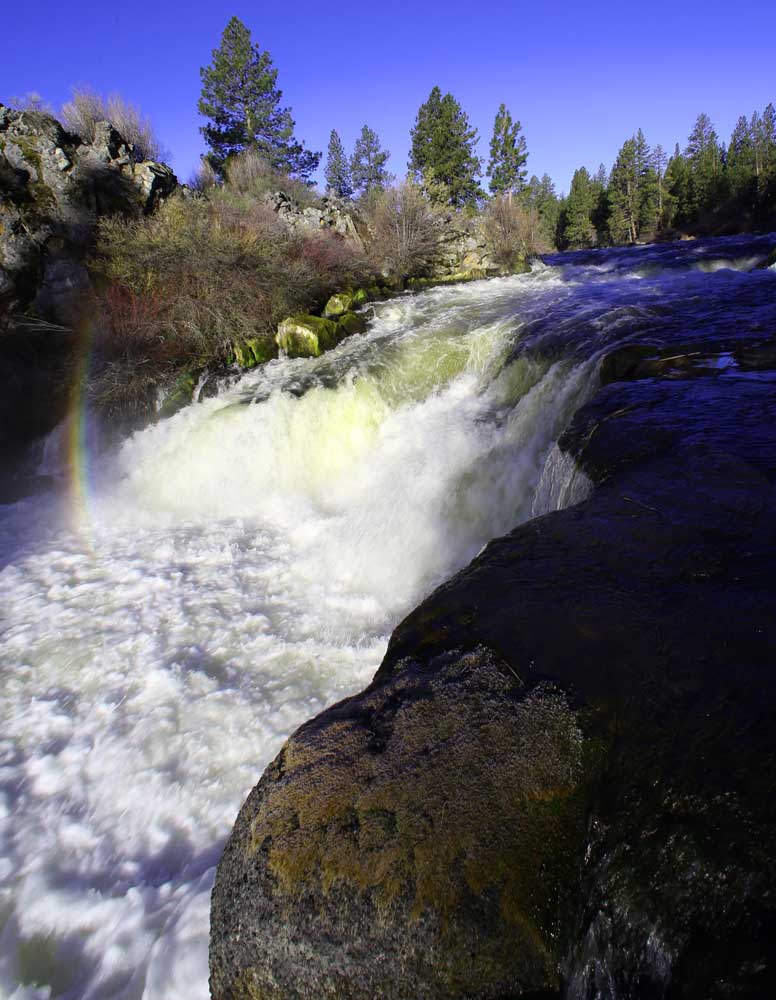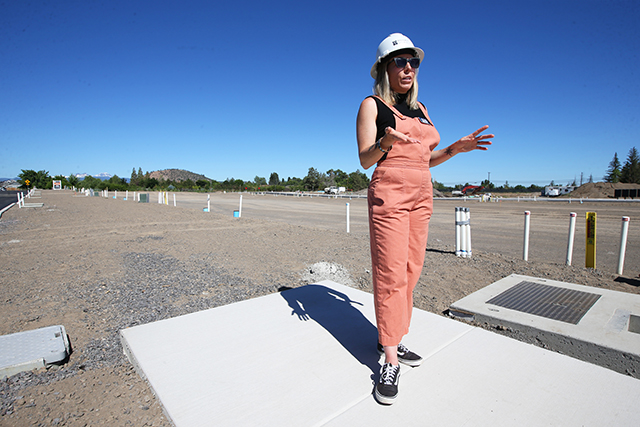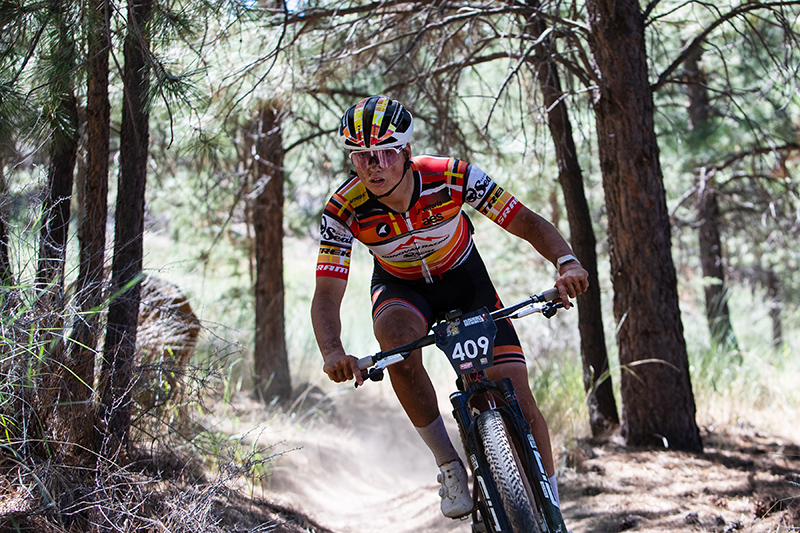Taser’s newest weapon: a tiny camera
Published 4:00 am Tuesday, February 21, 2012
SAN FRANCISCO — Sgt. Brandon Davis vividly recalled the moment before he killed Eric Wayne Berry, but it was not the way it really happened.
“I told him to drop his weapon, twice,” Davis, a police officer then in Fort Smith, Ark., said. But after repeated viewings of a video of the shooting, captured by a minicamera he was wearing, he said, “it turned out it was nine different times. He kept telling me to drop my weapon.”
Trending
When Berry raised his .45-caliber pistol on the officer and leaned at an angle that could improve his marksmanship, Davis said, he shot Berry in the heart.
The shooting, tragedy that it was, was speedily cleared by his superiors because the entire incident was captured on tape.
“It happened at noon on a Wednesday,” Davis said. “I first watched it with the police psychiatrist on Thursday morning. I got out of there and I was cleared for work.”
Davis, who now works on the police force in nearby Greenwood, was testing a new kind of camera, to be worn by an officer, when his fatal encounter was recorded in November 2009. Since then, both the hardware and software in the system have been significantly modified by Taser International, the maker of the camera. Taser is better known for stun guns that deliver a painful and immobilizing electric shock.
Today, Taser will announce a camera, a half-ounce unit about the size of a cigar stub that clips on to a collar or sunglasses of an officer and can record two hours of video during a shift.
The information is transferred by a docking station to a local machine, and eventually stored in a cloud-computing system that uses Taser’s online evidence management system.
Trending
Taser, based in Scottsdale, Ariz., has had its share of controversies over its electric-shock guns, which Rick Smith, the company’s co-founder and chief executive, says are used by 17,000 of the 18,000 U.S. law enforcement agencies.
Although it is sold as a nonlethal weapon, the device’s safety has been repeatedly questioned. The Securities and Exchange Commission investigated the company’s safety claims in 2005 and 2006, and while it took no action against Taser, the company’s shares fell 78 percent in 2005 as sales declined. Law enforcement agencies with tight budgets also slowed their orders.
But the camera system, called Axon, is one way to defuse the controversies. Taser already has some 55,000 minicameras mounted on Tasers. But the camera is only triggered when the gun is drawn. It could do the same for police shootings. The video, however, would not capture the events leading up to that point and provides no context that might justify the weapon’s use.
“One big reason to have these is defensive,” Smith said. “Police spend $2 billion to $2.5 billion a year paying off complaints about brutality. Plus, people plead out when there is video.”
Davis says Berry’s widow later claimed her husband was holding a cellphone, not a gun, but the video exonerated the officer.
In Taser’s cloud evidence system, which resides on Amazon.com’s cloud storage service, the videos can be tagged and labeled for record-keeping. The software has editing capabilities to protect the identities of some people captured on the video, like victims of child sex crimes or undercover officers. The video cannot be deleted while in the camera, though an officer can choose when to turn his camera on and off, something Smith does not think will happen often during confrontations because the videos could help clear law-abiding officers.
“When people know they are on camera, they act like better citizens,” said Hadi Partovi, an Internet entrepreneur who is on Taser’s board.
That goes for law enforcement officers, too, said Smith.
“We have more cameras on cops than anyone else,” he said.








